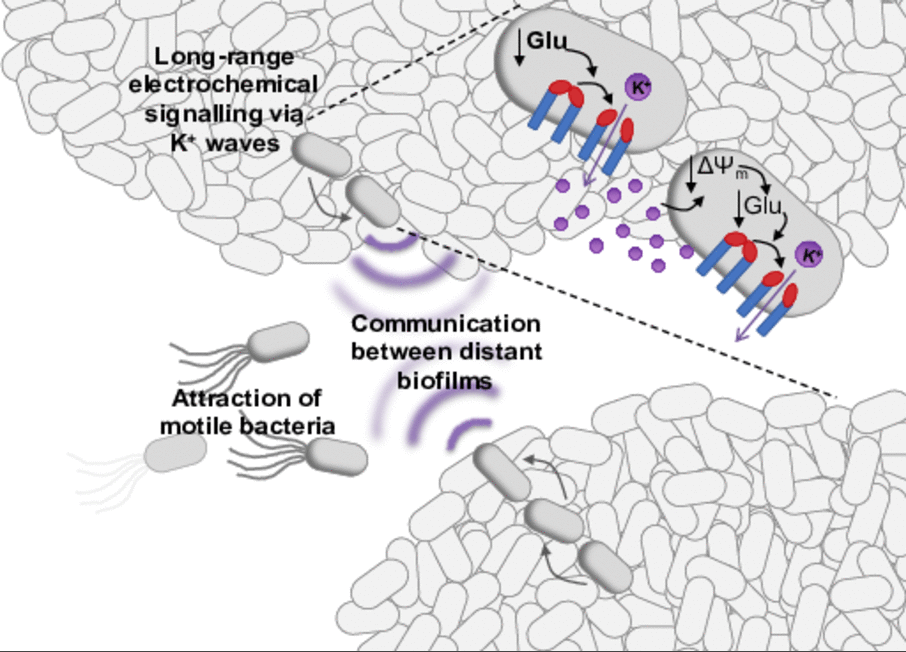Research program by projects
P01 Clemens Glaubitz
Insights into lipopolysaccharide (LPS) transport by solid-state NMR spectroscopy
P02 Benesh Joseph
Mechanism of bacterial transenvelope protein and lipid transport
P03 Klaas Martinus Pos
Molecular basis of lipid transport across the periplasm
P04 Inga Hänelt
Regulation of potassium channel YugO in bacterial electrical signaling
P05 Josef Wachtveitl
Molecular dynamics of light responsive molecular machines
P06 Alexander Gottschalk
Optogenetic analysis of membrane compartmentalization between and within excitable cells
P07 Amparo Acker-Palmer
Dynamics of membrane receptor clustering in endothelial cells
P08 Mike Heilemann
Quantitative super-resolution microscopy unravels nanoscale patterns of membrane receptor networks
P09 Roberto Covino
Artificial intelligence-guided molecular dynamics simulations decipher the activation mechanism of cellular control programs
P10 Harald Schwalbe
Tyrosine receptor kinase signaling investigated by NMR spectroscopy
P11 Ute A. Hellmich
Structure and dynamics of the TRPV4 ion channel as a cellular signaling hub
P12 Gerhard Hummer
Molecular dynamics simulations of membrane perforation machineries and the nuclear pore complex
P13 Nina Morgner
Probing multiprotein assemblies with native mass spectrometry
P14 Volker Zickermann / Janet Vonck
Structural basis of complex I function and assembly
P15 Bonnie J. Murphy
Structure and mechanism of membrane-bound hydrogenases
P16 Melanie McDowell
Dissecting the role of SND pathway components in ER membrane protein insertion
P17 Martin Beck / Edward Lemke
Understanding nuclear pore complexity
P18 Robert Tampé
Protein assemblies and machineries in antigen processing and ER quality control
Z02 Lukas Sušac (coord.), Tatjana Schusser (Application Specialist), Martin Beck (adv.), Robert Tampé
Single-particle cryo-EM infrastructure
The CRC projects are thematically intertwined and take full advantage of the many advanced methodologies and emerging techniques available through the CRC members. Each project is based on uniform principles and focuses on central topics to elucidate the role and modular organization of functional units confined in membranes. The CRC projects also interlock in the innovative use of integrative in vitro and in situ approaches, ranging from cryo-electron microscopy, X-ray crystallography, magnetic resonance spectroscopy, and high-resolution light microscopy, to native mass spectrometry, ultrafast spectroscopy, optogenetics, and artificial intelligence (AI)-guided molecular dynamics simulations and modeling.
In summary, the close thematic and methodological connections between the groups and their tight interactions place this CRC into a unique position to uncover fundamental principles of membrane protein assemblies in cell compartmentalization that are conserved between different cells and organisms.
P01 Clemens Glaubitz
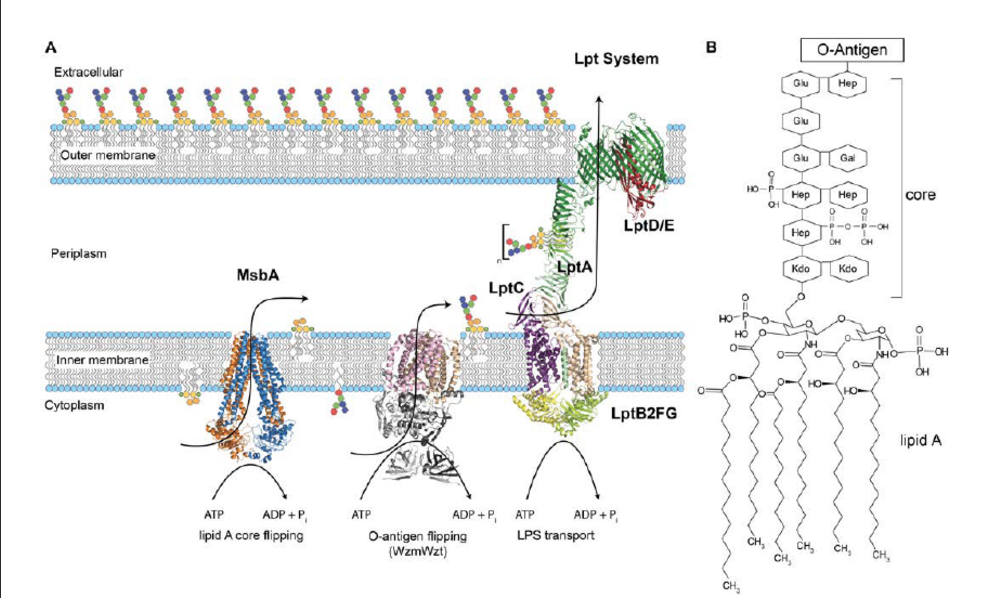

Insights into lipopolysaccharide (LPS) transport by solid-state NMR spectroscopy
The cell envelope of Gram-negative bacteria consists of an inner membrane with a symmetric phospholipid bilayer, the periplasm containing the peptidoglycan layer, and the asymmetric outer membrane. … (more)
P02 Benesh Joseph
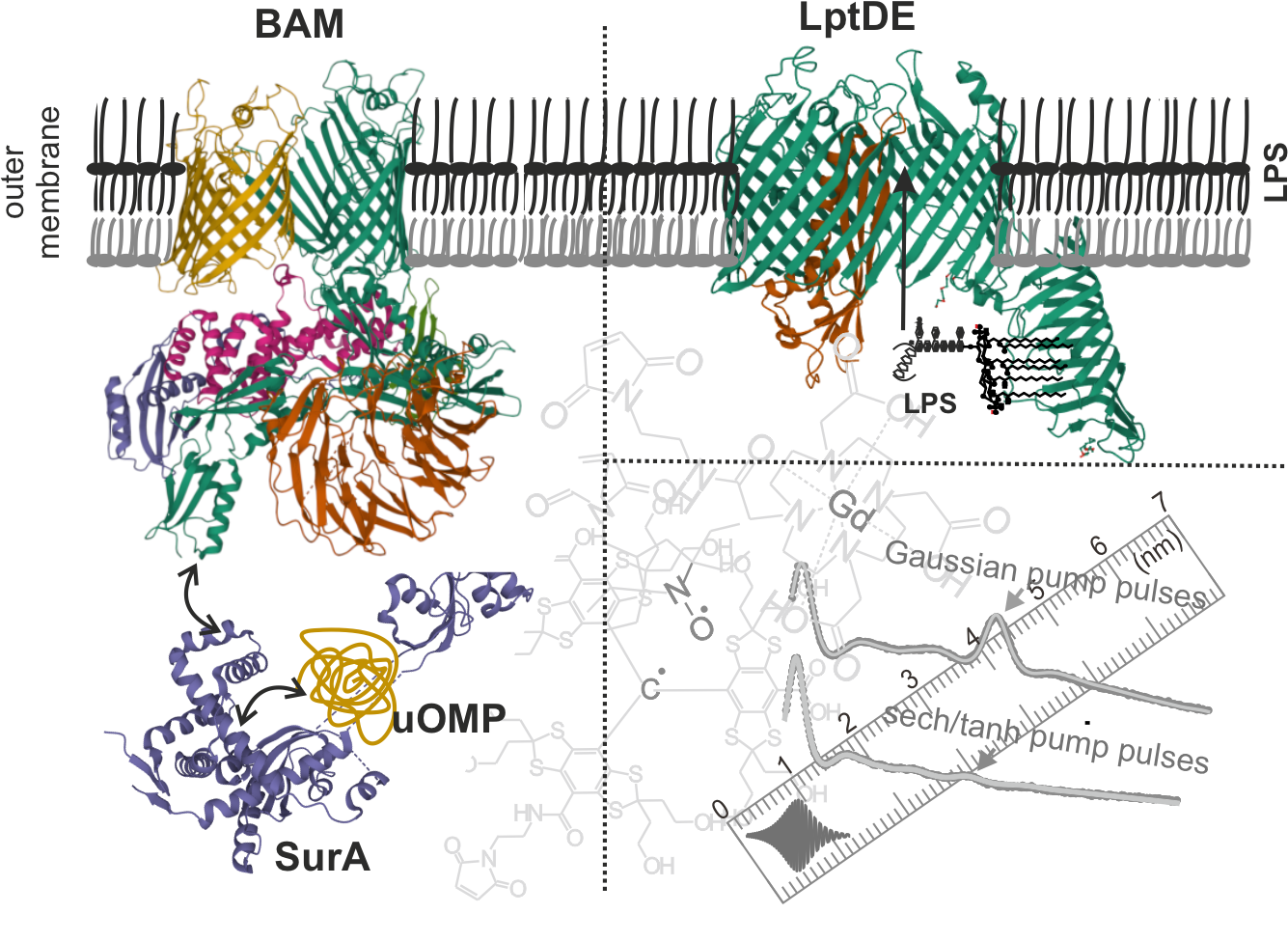

The cell envelope of Gram-negative bacteria consists of an inner membrane (IM) and an outer membrane (OM) that protects cells from harsh conditions. The OM is an asymmetric … (more)
P03 Klaas Martinus Pos
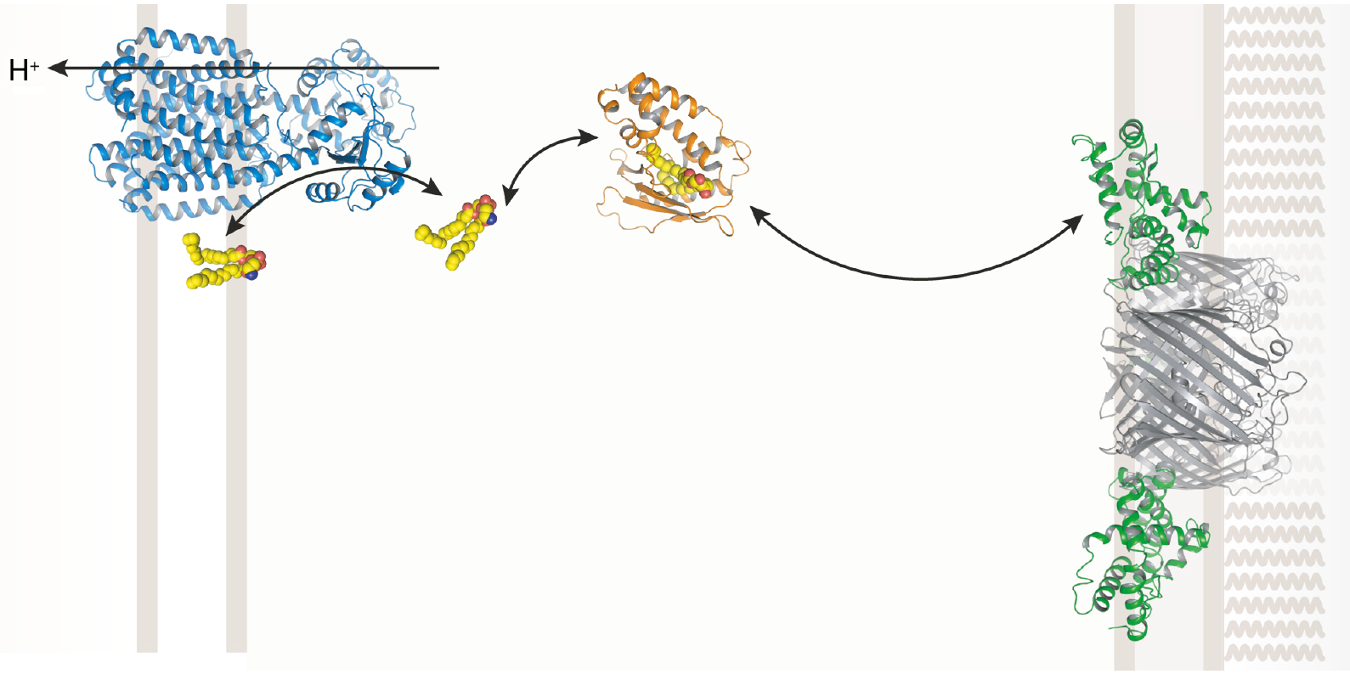

The periplasm of Gram-negative bacteria is confined by the inner membrane (IM) composed of a bilayer of phospholipids and the outer membrane (OM), with an inner layer of phospholipids and an outer layer of mainly lipopolysaccharides. … (more)

Neurons have long been known to use electrical signaling for long-range communication. Recently, prokaryotes showed an important comparable function: in bacterial biofilms potassium ion channels mediate electrical signal transduction, which serves cell-cell communication allowing the communication within a biofilm, the synchronization … (more)
P05 Josef Wachtveitl
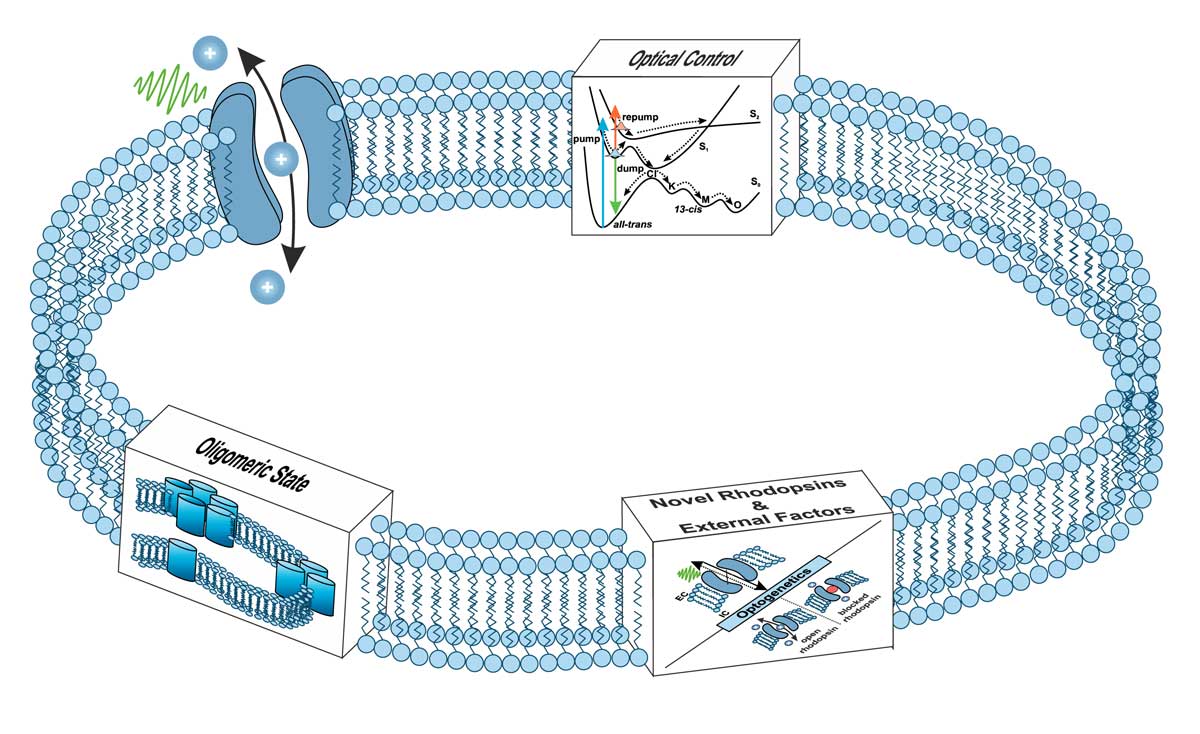

In this project, we will study conformational dynamics in membrane-associated machineries with a focus on microbial rhodopsins using time-resolved UV/vis and IR spectroscopy. For novel rhodopsins, various spectroscopic methods, covering several orders of magnitude in time, … (more)
P06 Alexander Gottschalk


Networks of excitable cells are formed by electrical (gap) junctions. In project P06, we will address the role of gap junction subunits (and accessory stomatins) in muscular and nervous systems of an intact animal (Caenorhabditis elegans) … (more)
P07 Amparo Acker-Palmer
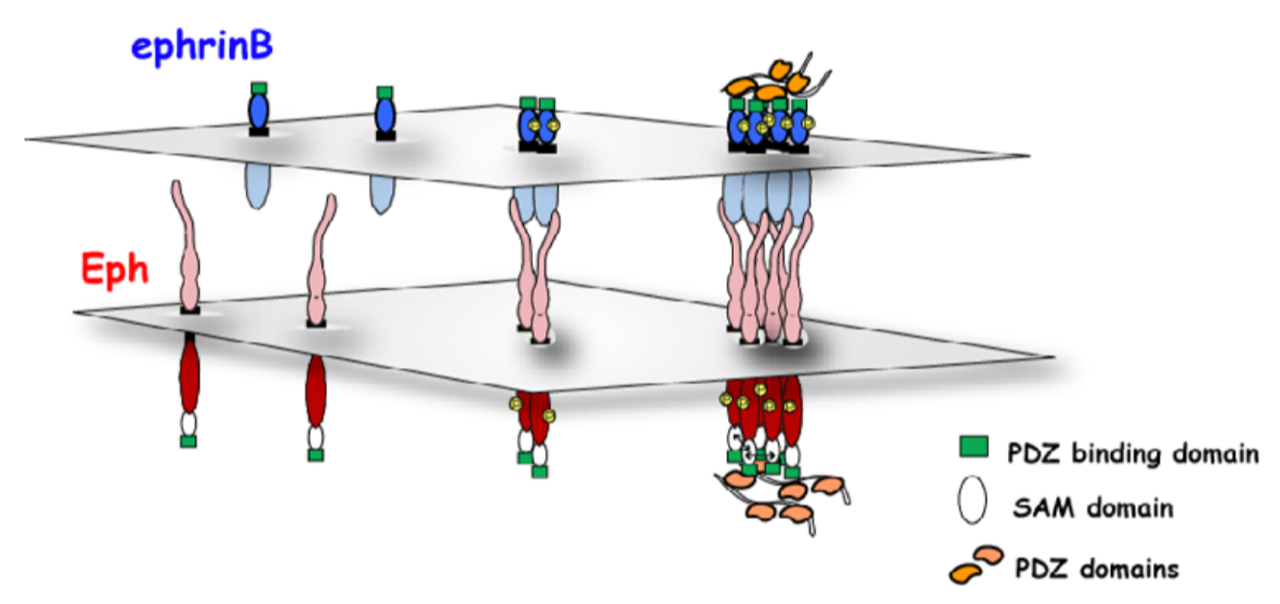

The spatial organization of transmembrane receptors is a critical step in propagation of signals and receptor trafficking in cells. The largest subfamily of receptor tyrosine kinases (RTK), Eph receptors (Ephs) and their ligands ephrins, … (more)
P08 Mike Heilemann
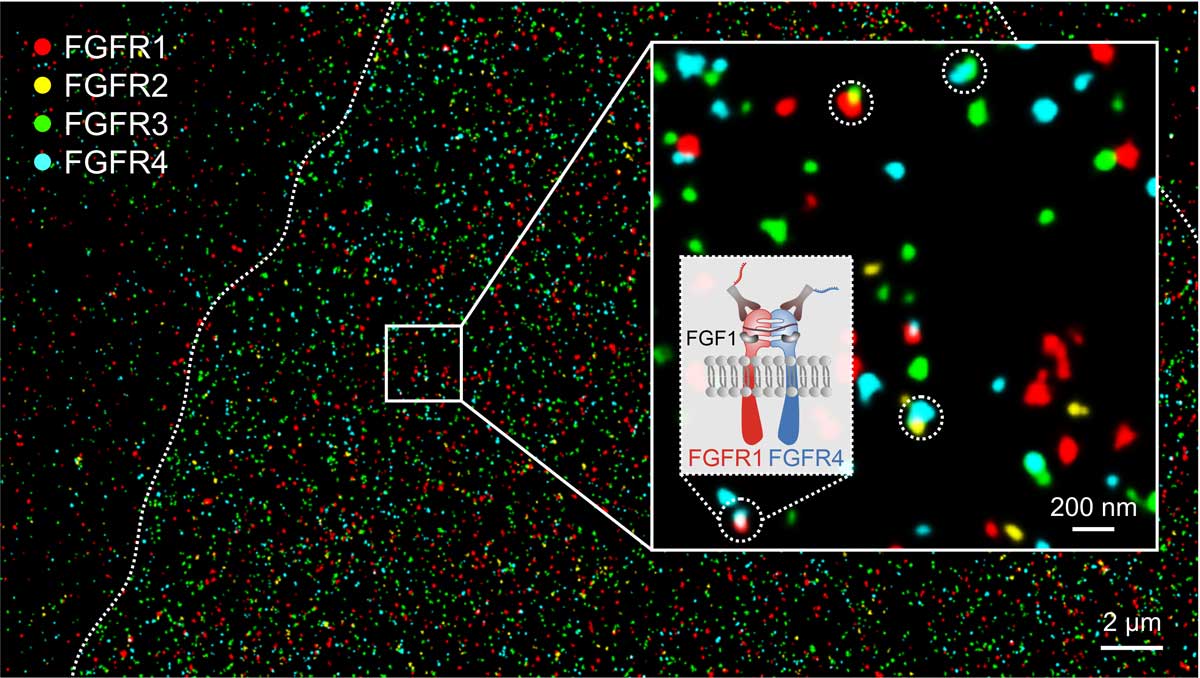

We investigate the structure-function relationships of membrane-associated protein assemblies in the natural environment of a cell. We decipher the composition … (more)
P09 Roberto Covino
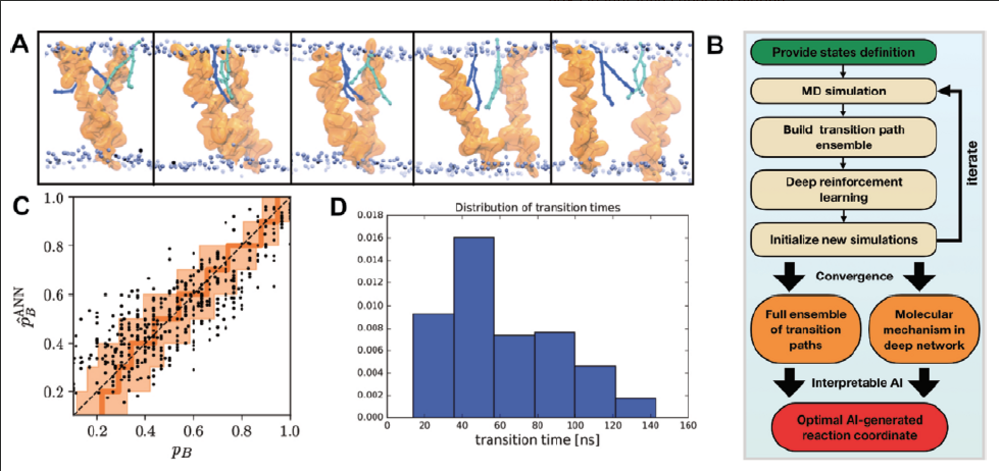

In cellular membranes, lipids and proteins self-assemble into heterogeneous and dynamic complexes. Membrane proteins and their environment are engaged in a constant dialogue, which is at the origin of many essential regulatory phenomena. Despite its importance … (more)
P10 Harald Schwalbe
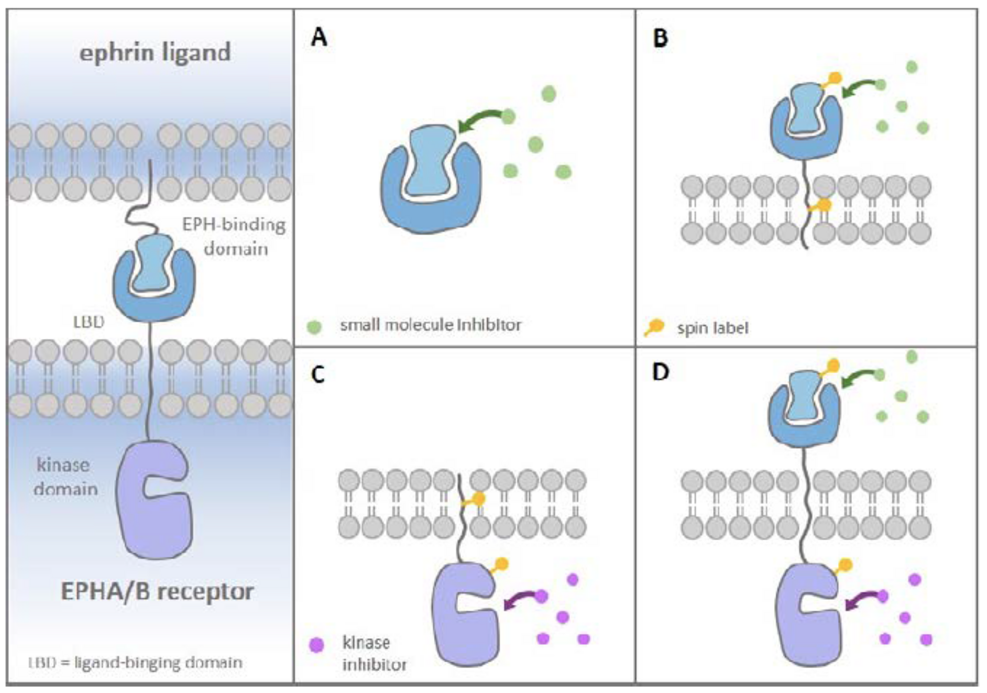

The aim of the project is to investigate tyrosine receptor signaling for two pharmacological systems: the FGF-FGFR receptor and the EPH-Ephrin-receptor. In both systems, we develop new inhibitors of low molecular weight as chemical … (more)
P11 Ute A. Hellmich
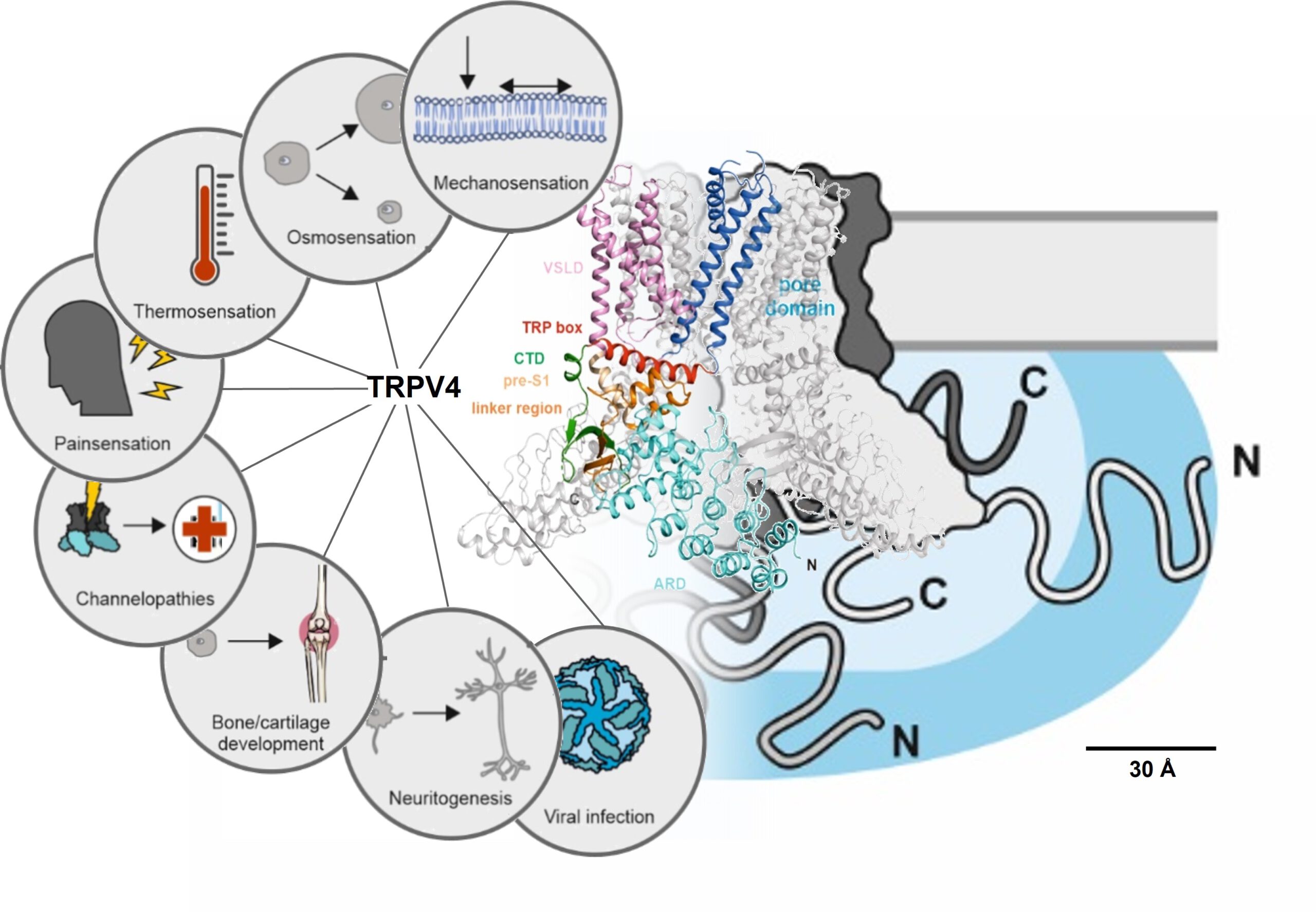

Transient receptor potential (TRP) channels have garnered significant attention as important pharmacological targets in recent years due to their role as cellular polymodal sensory hubs and their involvement in numerous diseases. … (more)
P12 Gerhard Hummer


Complex machineries have evolved to mediate the transfer of large substrates across biological membranes, both into and out of cells and between cellular compartments. … (more)
P13 Nina Morgner
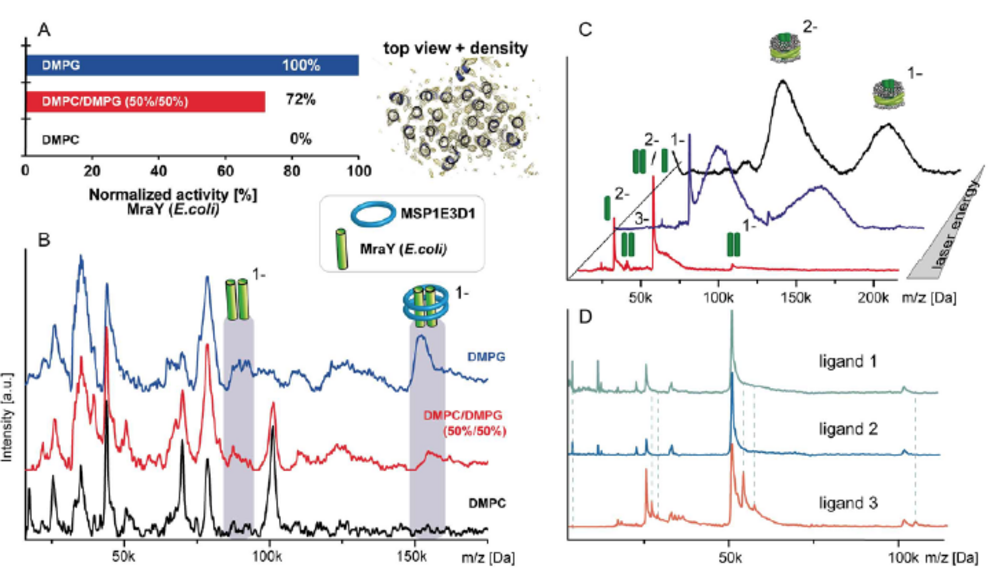

The correct (self-)assembly of molecular machines is of vital importance to ensure proper function of these multiprotein complexes. … (more
P14 Volker Zickermann / Janet Vonck
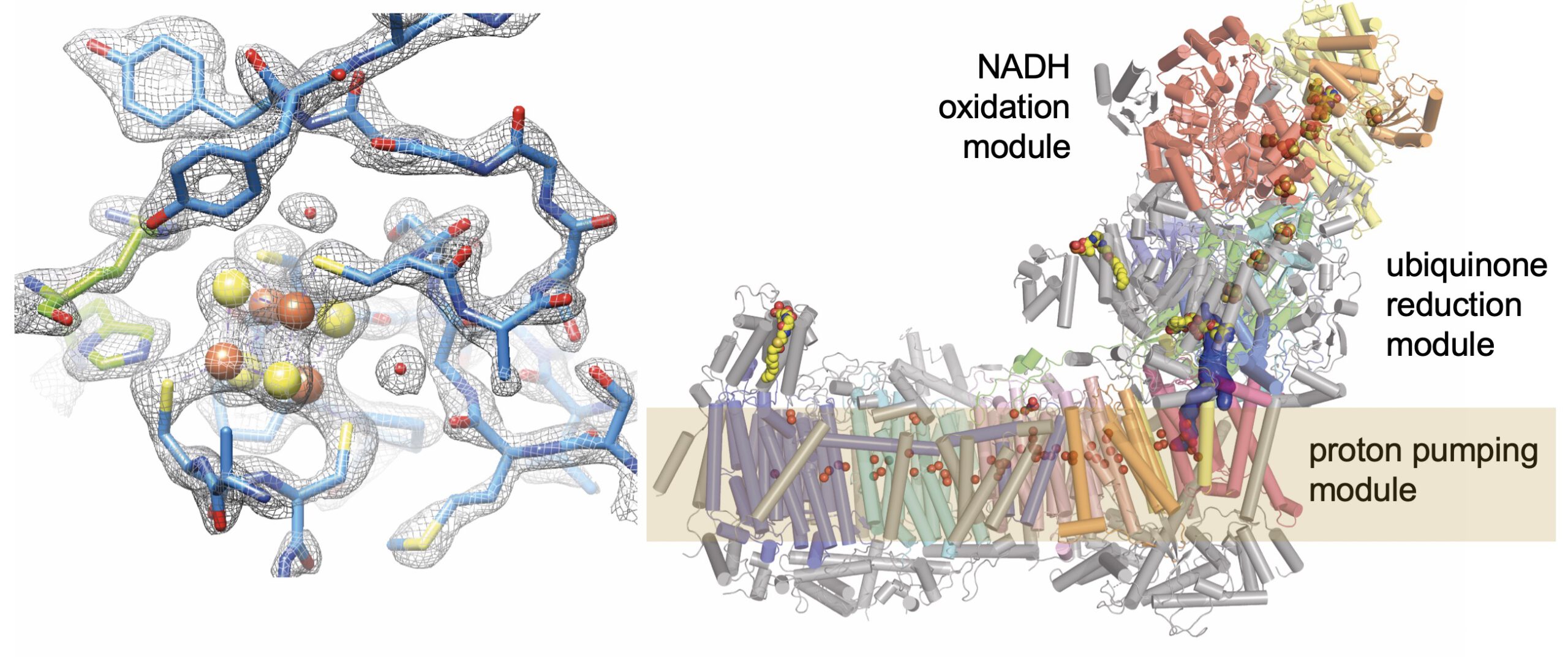
Respiratory complex I is a 1 MDa membrane protein complex with a central role in energy metabolism. In humans, assembly of the intricate … (more)



P15 Bonnie J. Murphy
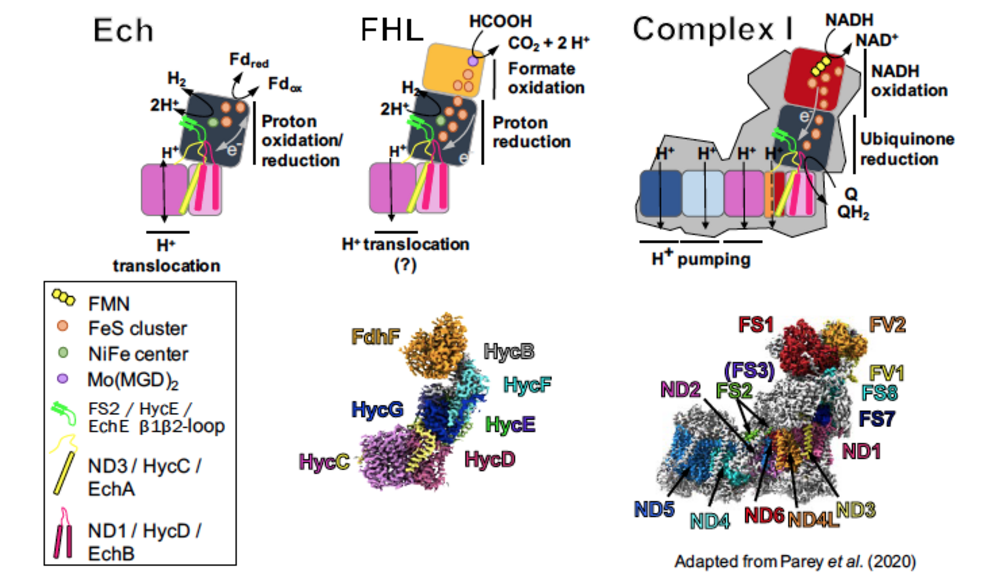

Group IV membrane-bound hydrogenases (MBHs) are members of the Complex I superfamily, catalyzing H2production coupled with ion translocation across a membrane by an unknown mechanism. … (more)
P16 Melanie McDowell
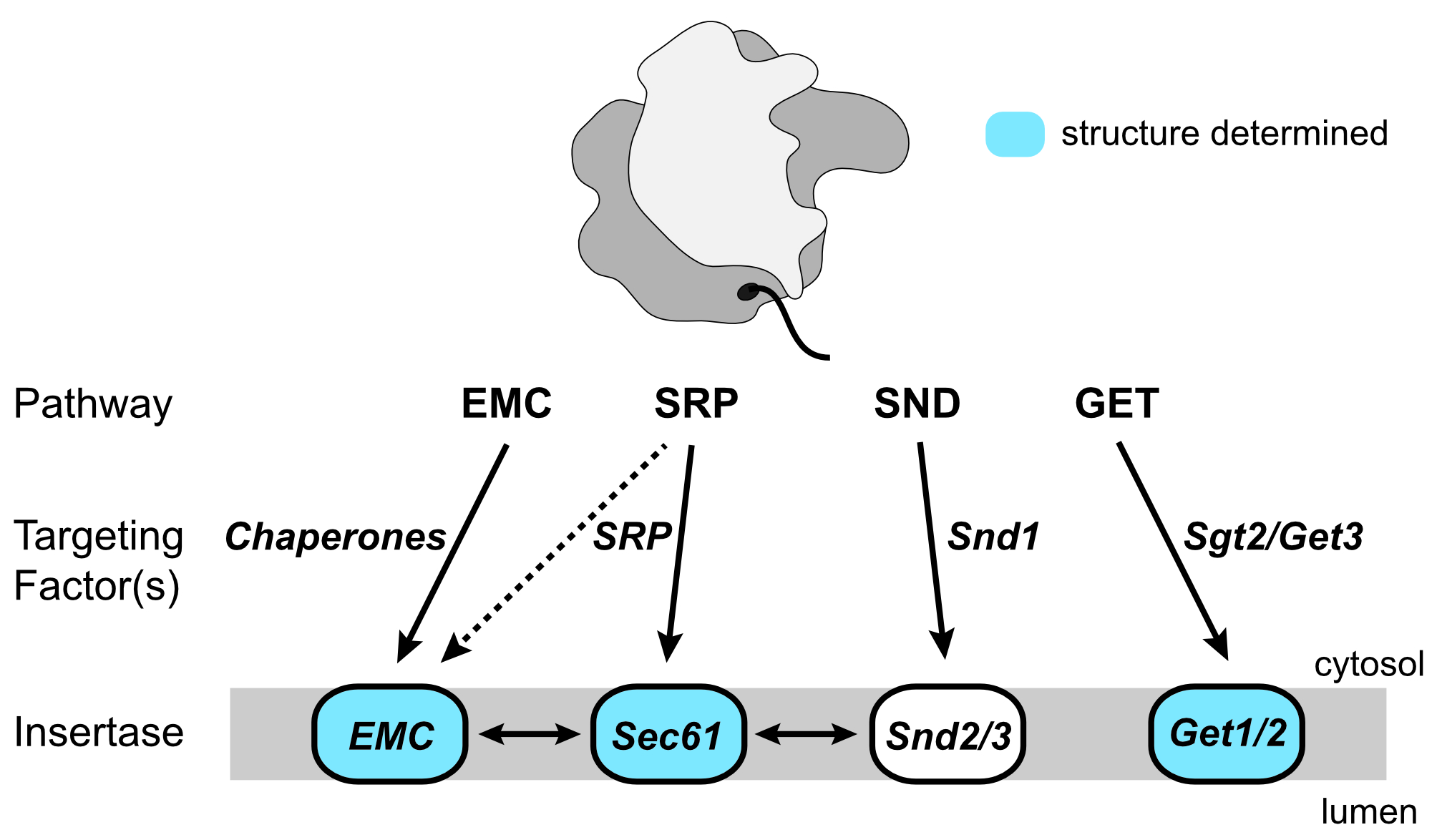

Most eukaryotic integral membrane proteins (IMPs) must be targeted to and inserted into the endoplasmic reticulum (ER) membrane after their translation by cytosolic ribosomes. … (more)
P17 Martin Beck / Edward Lemke
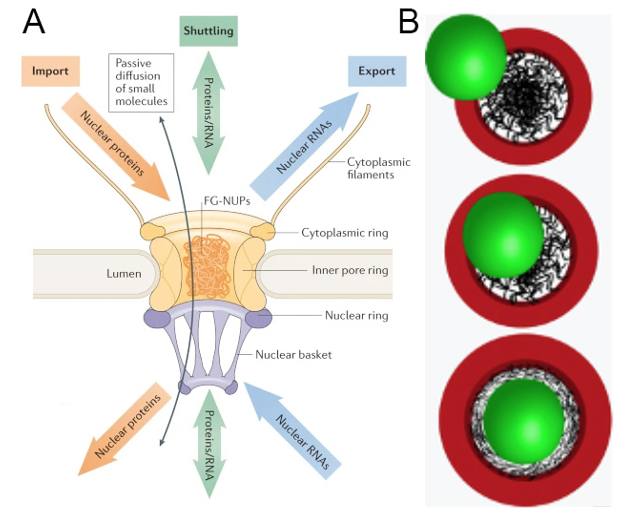
Nuclear pore complexes (NPCs) bridge the nuclear envelope and mediate nucleocytoplasmic exchange in a highly selective manner. … (more)


P18 Robert Tampé
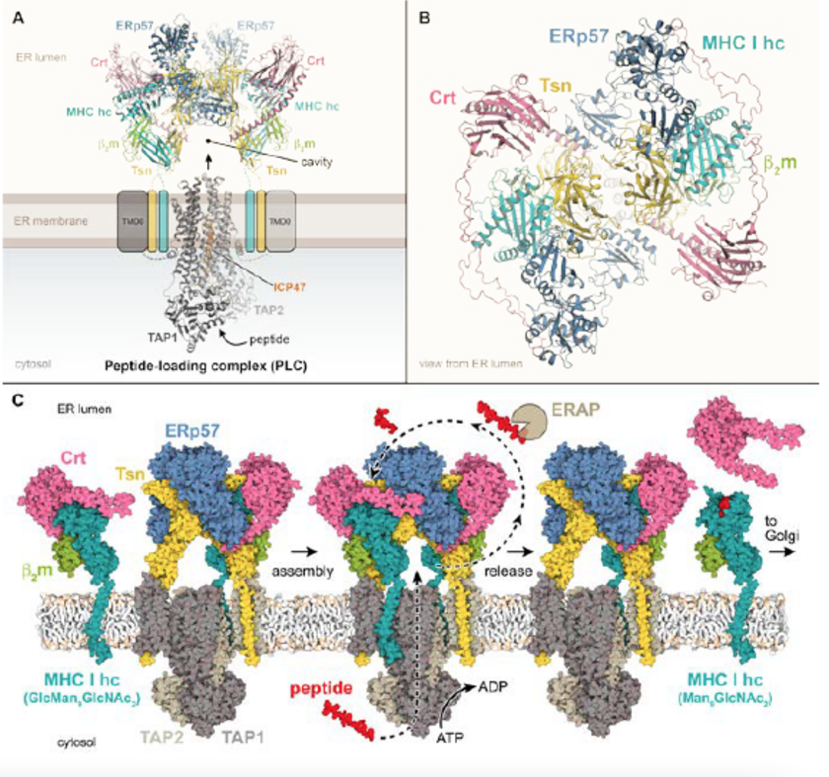

The adaptive immune system is built on sophisticated interplay of intracellular pathways and machineries of modularization, compartmentalization, and confinement. By monitoring peptide-MHC complexes, T-lymphocytes are able to identify and eliminate infected and cancerous cells. Stringent assembly of peptide-MHC I complexes … (more)
Z02 Lukas Sušac, Tatjana Schusser, Martin Beck, Robert Tampé
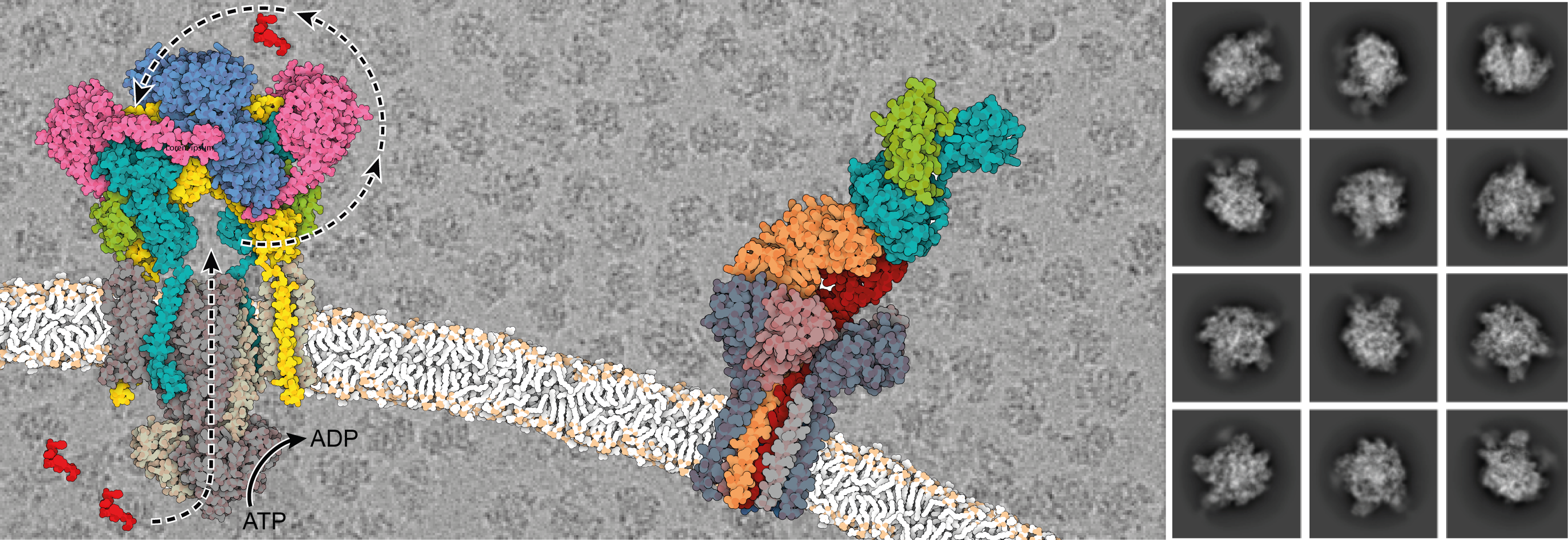
The major aim of the high-resolution imaging platform (Z) is to provide access to state-of-the- art cryogenic electron microcopy (cryo-EM) to the members of the Collaborative Research Center. By offering technical expertise and extensive … (more)



